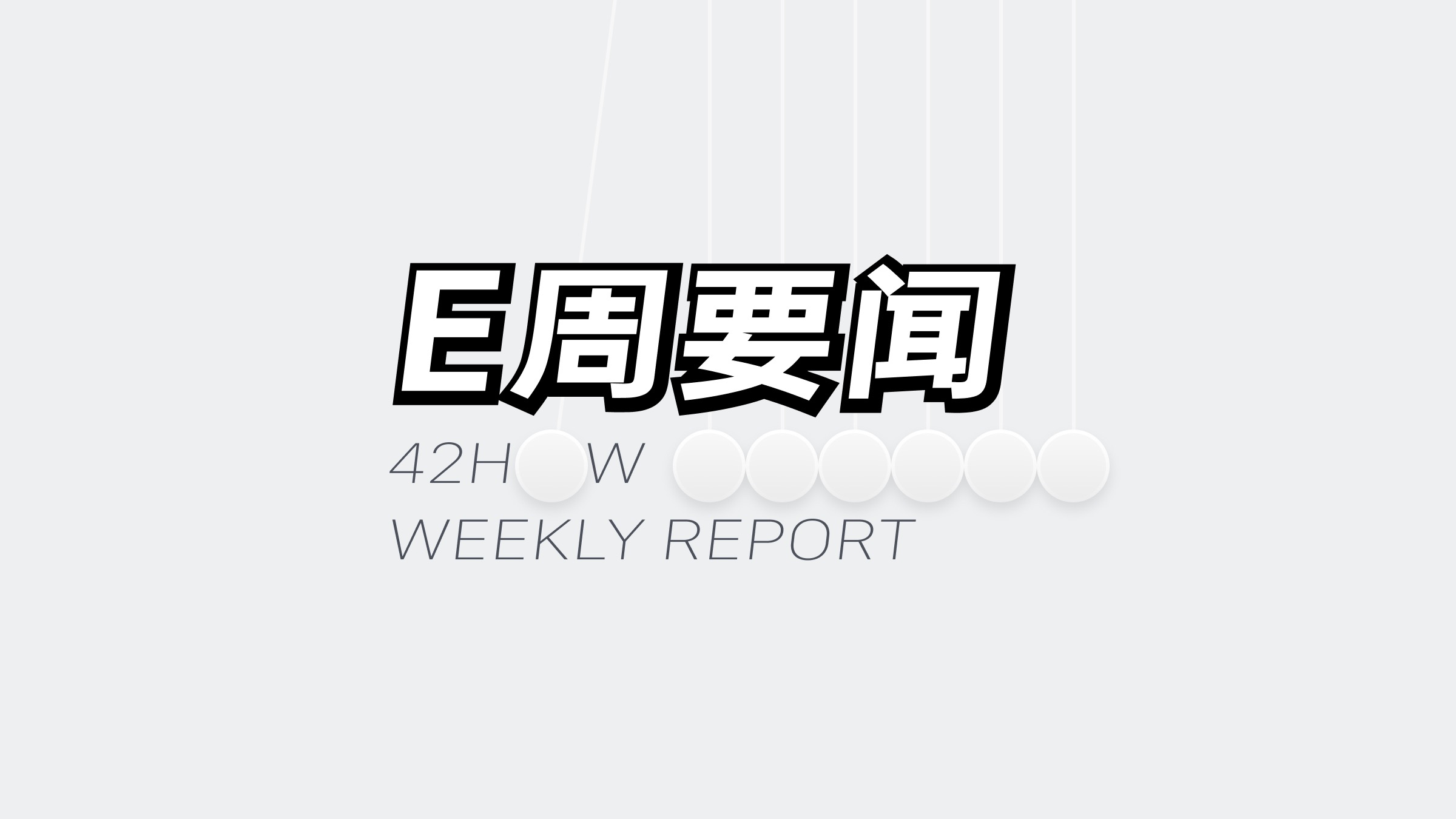PART 1 Weekly Index
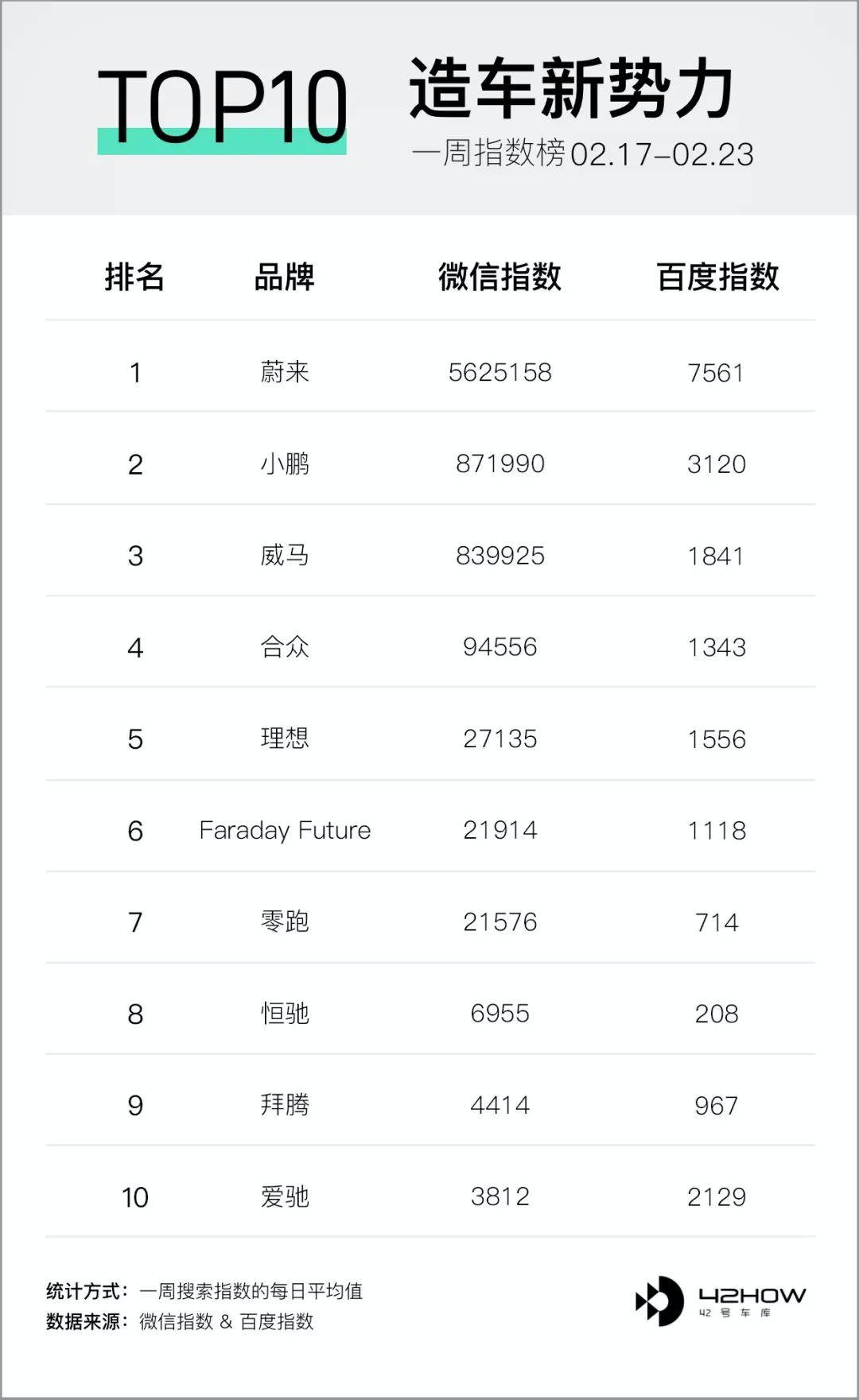
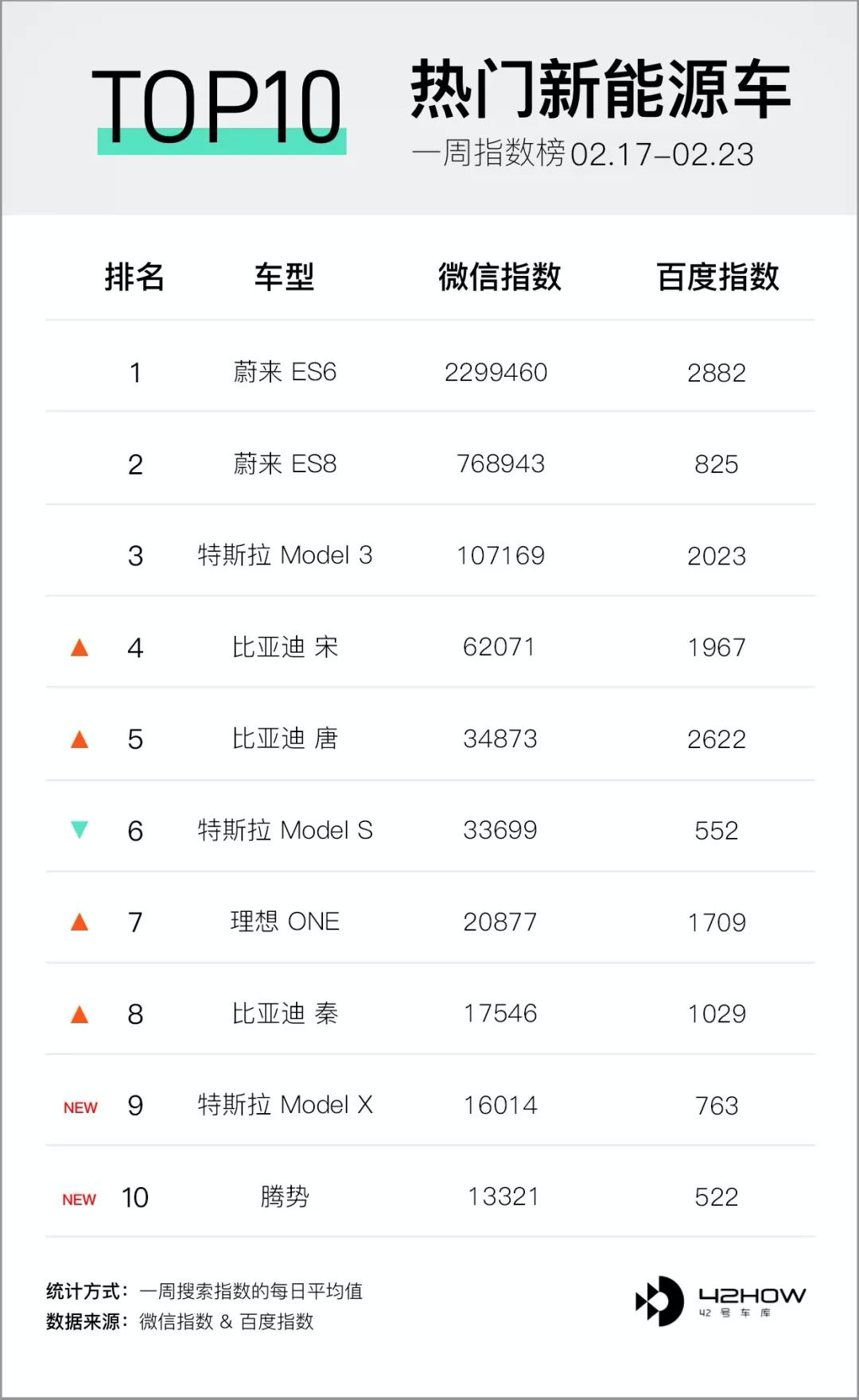
PART 2 Weekly News
① CATL Response: Signed Production Supply Pricing Agreement with Tesla
On February 18th, Reuters reported that “Tesla is in talks to use CATL’s cobalt-free batteries for Tesla manufactured in China.” For a long time, Tesla has used cylindrical ternary lithium batteries. However, it was reported that CATL will supply square lithium iron phosphate batteries, which are two completely different technological routes. Based on these two points, many people do not believe in CATL and Tesla’s cooperation this time.

However, two days later, CATL responded to China Securities Journal reporters, “The company has now signed a mass production supply pricing agreement with Tesla, and Tesla will purchase lithium-ion power batteries from CATL. All the contents of the announcement shall prevail.”

Fast Comment: In fact, Tesla’s plan to use CATL’s square lithium iron phosphate batteries was exposed as early as January this year. According to supply chain end messages, CATL’s iron phosphate positive electrode material supplier is DEFANG NANO and negative electrode material is SHANGTAI.
The reason why Tesla will use CATL’s iron phosphate battery is clear, which is to reduce the cost of the battery. Reuters’ original text stated: “After using iron phosphate batteries, the cost of the battery is expected to be reduced by more than 10\%.” According to the news from Garage 42, Tesla hopes CATL’s target price will be lowered by 20\%. At the same time, using CATL’s battery can increase Tesla’s localization rate, avoiding the extra transportation cost and high taxes from shipping batteries from the US to China.
② Geely to Invest $300 Million in NIO
On February 18th, some media reported that Geely will invest $300 million in NIO. After Geely’s investment, it will also integrate NIO’s production capacity and be responsible for NIO’s production in the future.
Regarding this news, the official of NIO stated, “No comment, our market information is subject to announcements.” Yang Xueliang, vice president of Geely Automobile Group, said, “I don’t know about this matter and I don’t comment on market rumors.”
Quick Comment: Currently, if Geely does invest 300 million US dollars in NIO, it will become the third largest shareholder of NIO, accounting for approximately 10\%. The first is of course Li Bin, who holds 14.4\%, and the second is Tencent, which holds 13.3\%. Of course, this is not the most important thing, the key is the second half of “Geely will OEM for NIO”.
Currently, NIO ES6 and ES8 are both OEM by JAC Motors. Li Bin also previously said that the third model will also be OEM by JAC. So, it seems that the EC6 won’t be given to Geely. The most likely scenario is that a new sedan will be manufactured by Geely, if that’s the case, then NIO really has leaned on a big tree.
③ On February 20th, NIO pushed software updates
Starting from February 20th, NIO software was updated to version NIO OS 2.5.0, and car owners need to upgrade according to the local epidemic situation. In principle, it is not recommended for provinces and cities that are severely affected by the epidemic until the epidemic has improved significantly.
This update includes upgrades to three major functions: intelligent interconnection, NIO Pilot automated auxiliary driving, and digital cockpit. Three new features have been added to intelligent interconnection: “Remote Steering Wheel/Seat Heating”, “In-car Photo Sharing” and “Battery Smart Preheating Switch”.
For automated auxiliary driving, “Automatic Emergency Braking (AEB) for Pedestrians and Bicycles” has been added based on the automatic emergency braking (AEB) system for forward vehicles of the same direction. It should be noted that the full-speed adaptive cruise (ACC) and Pilot functions can only follow the vehicle as the target. In addition, “overtaking assistance”, “dynamic dashboard interface optimization”, and “other automated auxiliary driving optimizations” have been added.
For the digital cockpit, “Charging Assistant”, “Intelligent Scene Recommendation”, and “Optimized NOMI Experience” have been added.
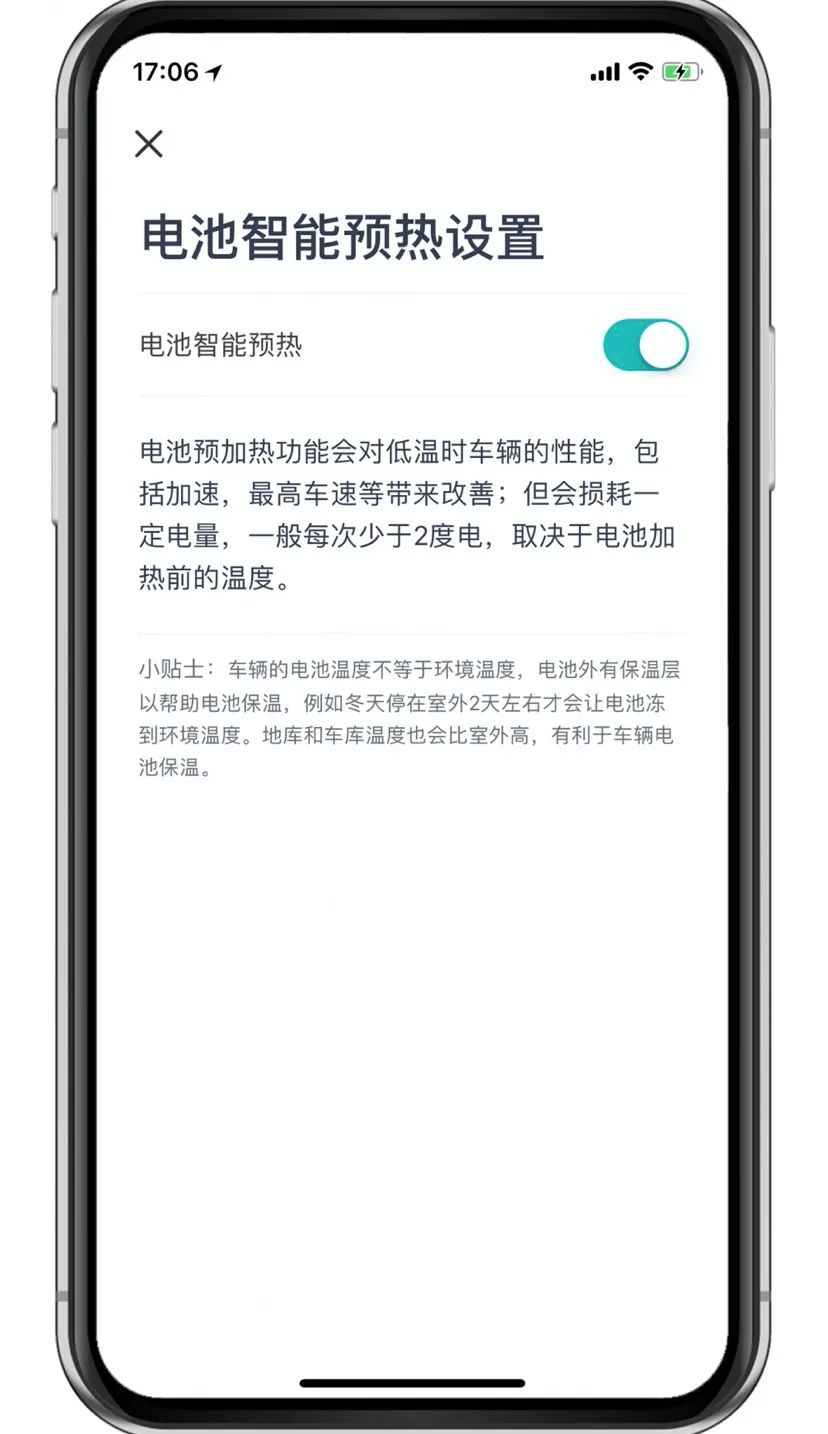
 Quick Review: Currently, performing OTA upgrade to improve product capability is a good practice. Considering the large amount of contents involved in each push, only a few highlighted features can be shared with everyone.
Quick Review: Currently, performing OTA upgrade to improve product capability is a good practice. Considering the large amount of contents involved in each push, only a few highlighted features can be shared with everyone.
This time, the update adds the “Intelligent Battery Preheating Switch”, which can reduce power consumption and increase endurance to a certain extent. The previous version also has this function, but the previous working logic was that the battery preheating was turned on by the system itself as long as the remote air conditioning was turned on and met the system judgment. In other words, to enable battery preheating, the air conditioning must be turned on. After the update, even if the air conditioning is turned on remotely, the Intelligent Battery Preheating Function can be manually turned on or off.
There is also a function that is more in line with the current trend, the “Charging Assistant” that has been added, which intelligently screens out information such as battery-swapping stations or charging piles based on the vehicle’s location and remaining endurance, and supports one-click navigation. Are you satisfied with this upgrade?
④ Volkswagen’s retail system will be reformed
On February 19, Volkswagen’s official website released a retail system reform plan. Volkswagen will pilot it starting from the next-generation all-electric vehicle ID. series. Dealers are mainly responsible for offline consultation, test drives, agreements, and deliveries while Volkswagen is responsible for online information flow, order allocation, and selection and ordering.
Quick Review: Volkswagen did not transform into a direct sales model. With the new retail model, dealers bear lower risks, prices will be more transparent, and sales activities will be completed uniformly on the Volkswagen official website. Dealers do not need to build up inventory and compete with their peers. They mainly are responsible for work similar to that of Tesla’s experience stores and delivery centers.
The estimated single-store revenue may decrease compared to the original 4S model, but the corresponding operating costs will also decrease. This Volkswagen’s retail system reform has provided a good template for the relationship between traditional automakers and dealers, and it is believed that the online sales and offline experience model will become a big trend in the future.
⑤ Audi e-tron electric SUV temporarily stops production
On February 21, Manager Magazin reported that “Audi has confirmed that the e-tron has stopped production for four days due to insufficient parts supply”. However, Audi did not disclose which components were affected but confirmed that it is not related to Chinese suppliers affected by the epidemic.The e-tron is Audi’s first electric car on a brand new platform. As early as last year, shortly after starting mass production, Belgian media reported that the production plan for e-tron was cut due to a shortage of power batteries.
Quick Comment: Although Audi has not disclosed which component has affected the temporary shutdown, it can be inferred from our previous reports that the power batteries for Audi e-tron were all supplied by LG Chem. Other carmakers, such as Mercedes-Benz, Hyundai, and Jaguar, have also cut or even stopped production of some of their electric models due to battery supply problems. Therefore, it can be deduced that Audi’s production shutdown is also due to problems with battery supply.
It seems that LG Chem has signed too many contracts and cannot deliver on time. Ensuring the normal supply of power batteries is the key part of whole vehicle manufacturing in the present electric vehicle industry.
From this perspective, granting contracts to battery manufacturers is far from enough to meet the needs of carmakers. Automakers need to participate more and more in the entire battery supply chain, and it’s no wonder that both General Motors and Tesla are seeking to establish their own battery factories.
⑥ Tesla may launch a 109 kWh battery pack
On February 20th, a hacker analyzed Tesla’s latest BMS firmware information and found that Tesla may launch a new 109 kWh battery pack. In addition, the hacker said that there may be some other adjustments that may be preparing for new battery packs for S/X/3.
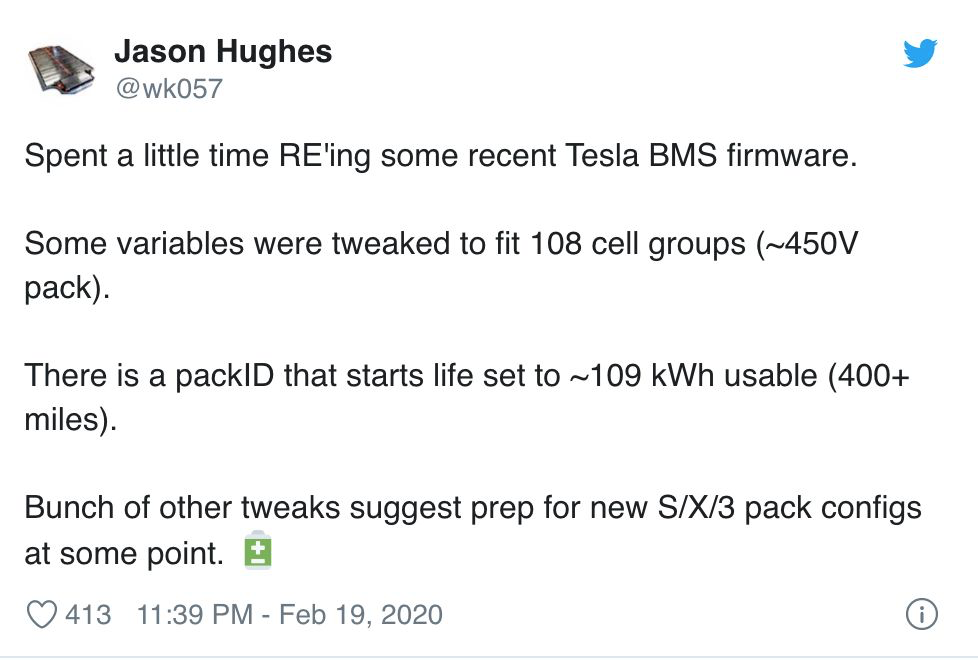
Quick Comment: Model S/X now come with a 100 kWh battery pack, and the new long-range version models have a range of 628km and 562km respectively under EPA conditions. Model 3 has a 75 kWh battery pack, and the range of the all-wheel-drive long-range version is 518km under EPA conditions.
It is reasonable to use the 109 kWh battery pack on Model S/X, as the 100 kWh battery has been used since 2016. However, if it is used on Model 3, it will be quite surprising for the range improvement.
This article is a translation by ChatGPT of a Chinese report from 42HOW. If you have any questions about it, please email bd@42how.com.
